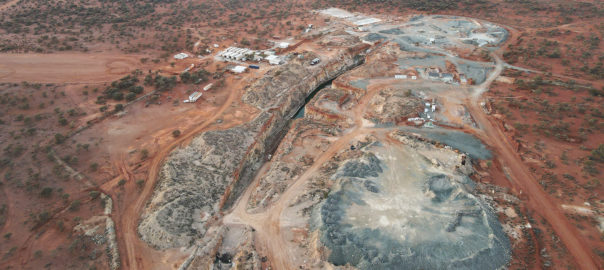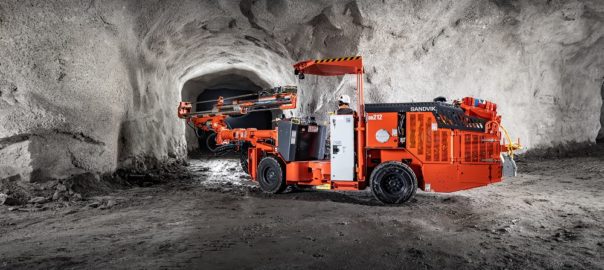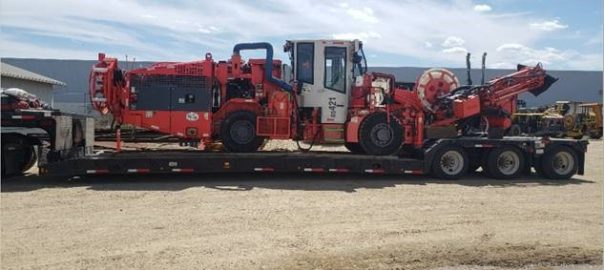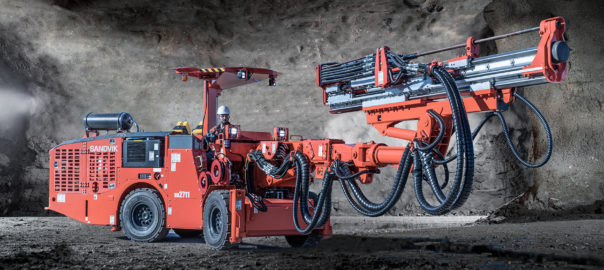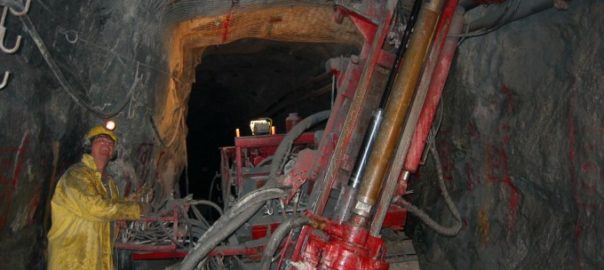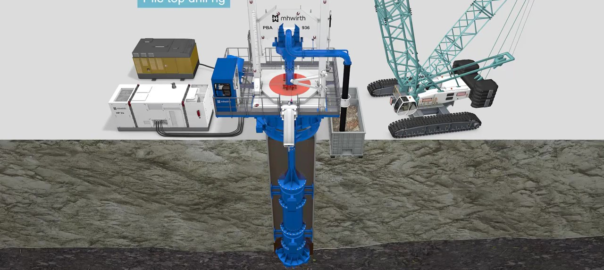Redpath Australia says it has taken delivery of the first Sandvik DD212 production drill in Australia, putting it into action at Silver Lake Resources’ Rothsay gold mine in Western Australia.
The DD212 is a single-boom, electro-hydraulic drill for mining development and production and has been highly anticipated in the Australian narrow-vein market, Redpath says.
Redpath Australia’s Plant Manager, Chris Riethmuller, said the contractor specifically needed a rig that could drill in a 2 x 3 m drive and was able to drill within 100 mm of each wall to minimise dilution and increase recovery.
“Sandvik Mining and Rock Solutions stepped up to the challenge to the extent of redesigning the boom configuration to accommodate the request,” he said. “We then challenged them further and requested a 12-rod carousel be fitted to both of the rigs we have ordered. Sandvik had a plan in the pipeline for this carousel but agreed to fast track the project for us.”
The carousel has not yet been fitted to the first machine working at Rothsay due to scheduling requirements but is due to arrive in June, according to Riethmuller, who said the company is looking forward to taking advantage of the increased safety and expected productivity gain this tool will deliver.









